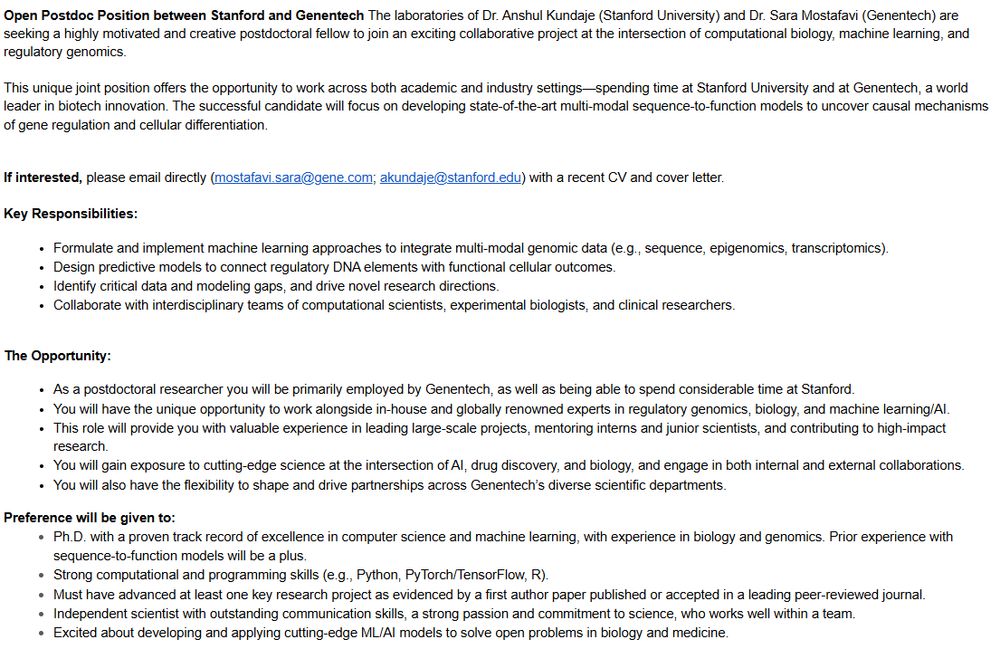Associate Professor at the Allen School of Computer Science and Engineering, University of Washington (on leave)



Congrats: Anna, @xinmingtu.bsky.social , @lxsasse.bsky.social

Congrats: Anna, @xinmingtu.bsky.social , @lxsasse.bsky.social

